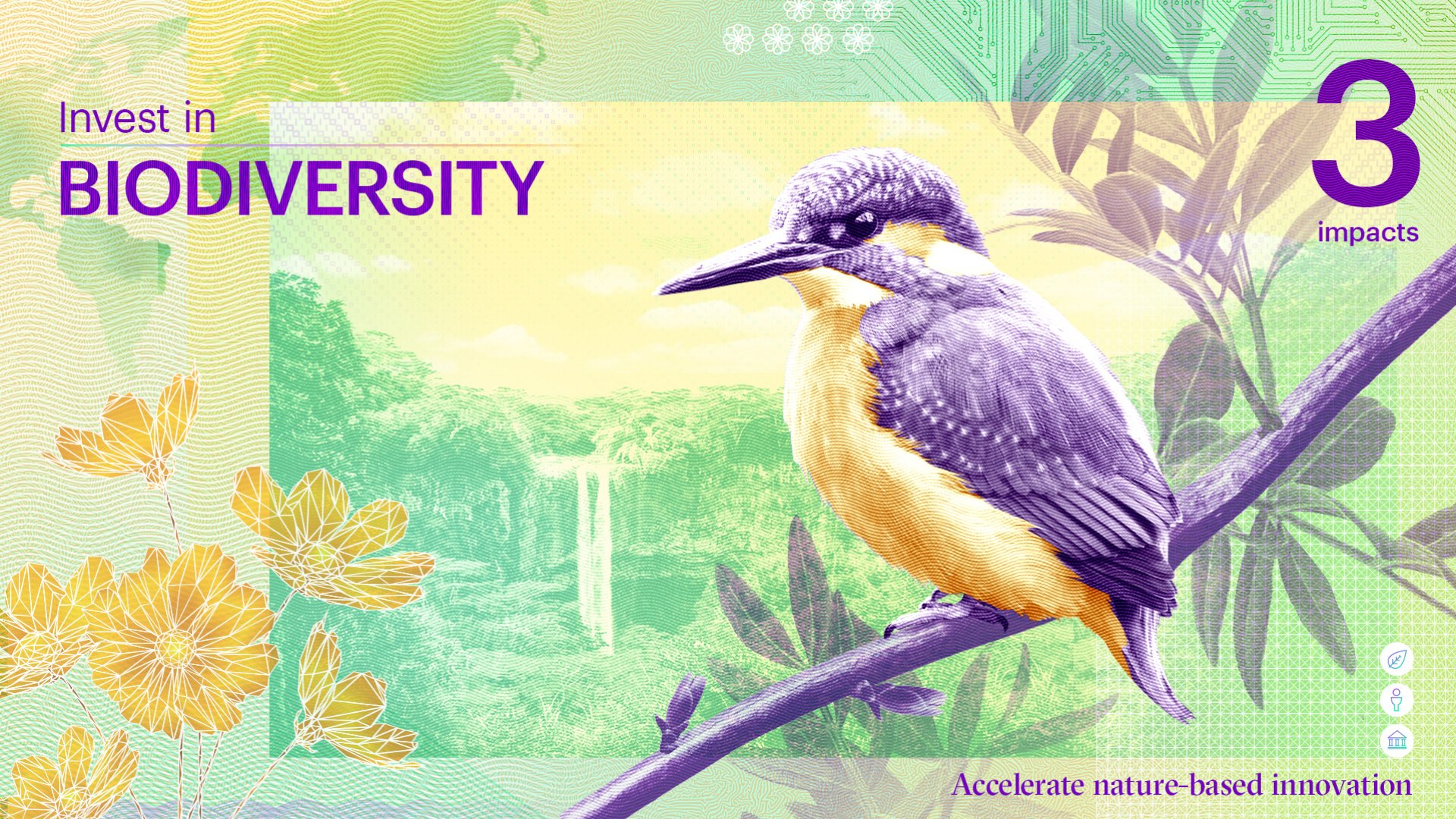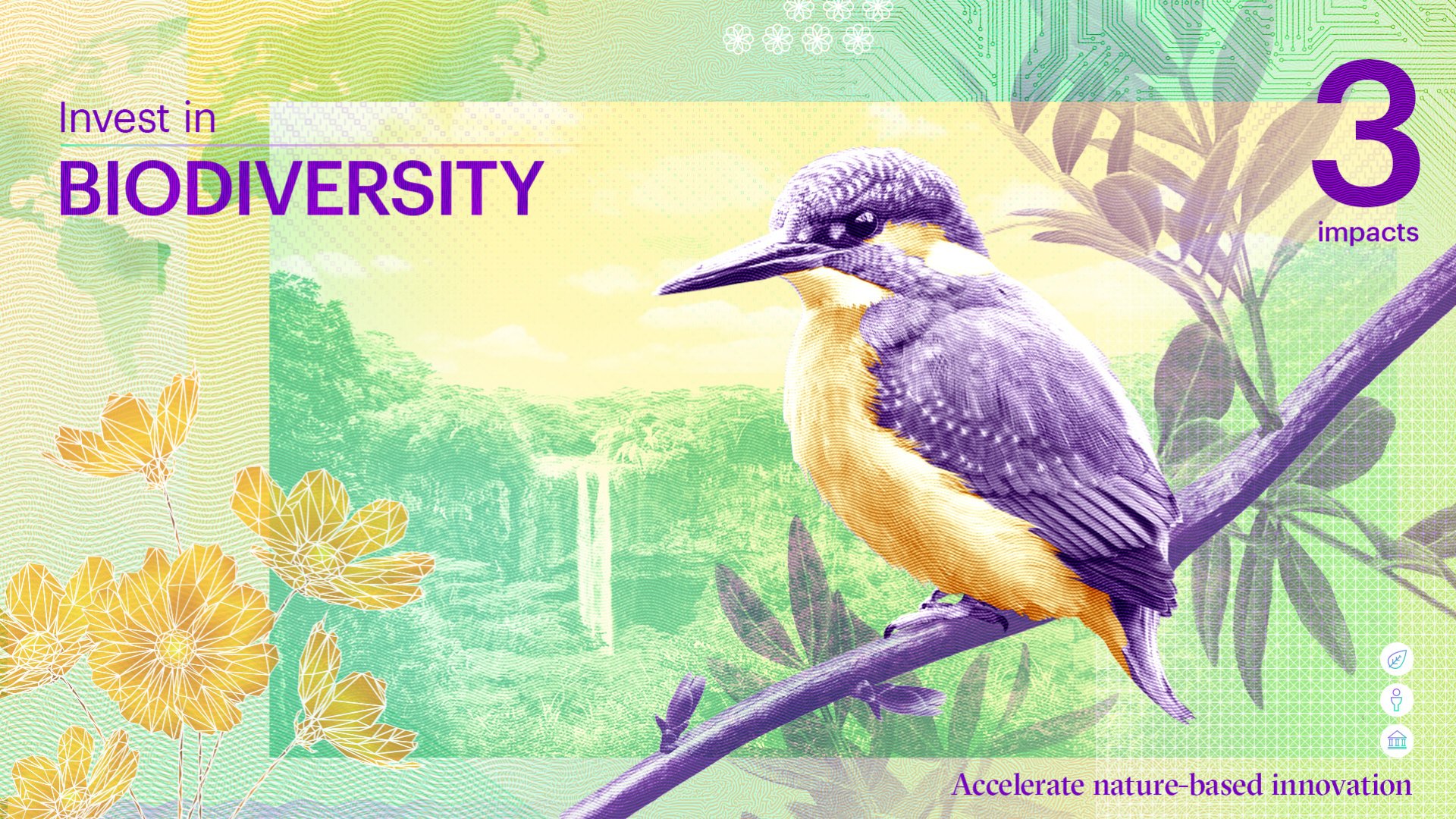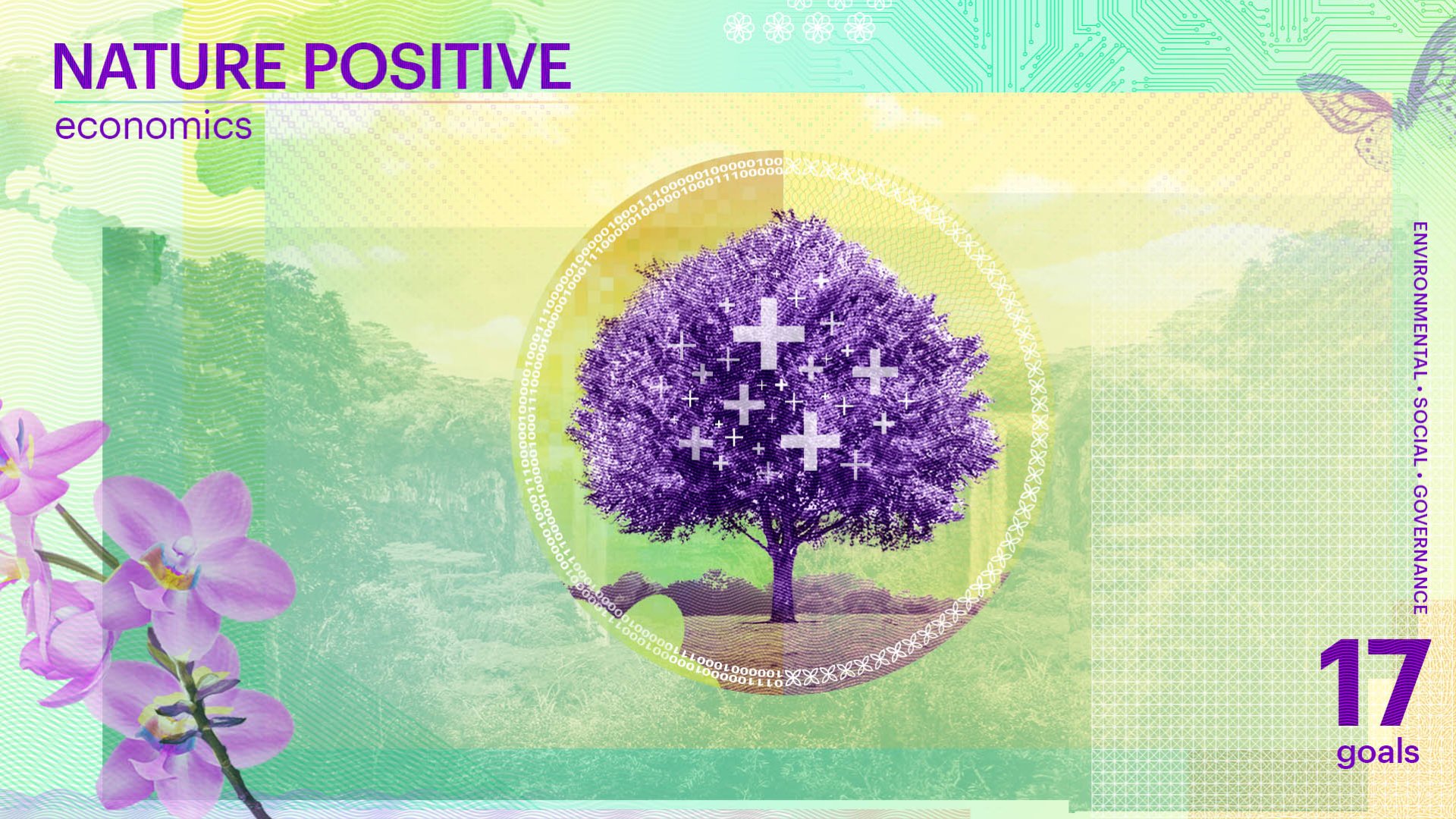Blog
Rebalancing the books on nature and biodiversity
5-MINUTE READ
September 8, 2023
Blog
5-MINUTE READ
September 8, 2023
Humans have severely affected 75% of the Earth’s land surface, including 85% of wetlands, and 66% of the world’s oceans. Deforestation is turning irreplaceable ecosystems, such as parts of the Amazon rainforest, from carbon sinks – areas that remove CO2 from the atmosphere - into carbon sources. We are amid a mass extinction, with one million animals and plants threatened. Wildlife populations have plummeted by 69% since 1970.


Regulators and others are responding. Many businesses subject to the European Union’s Corporate Sustainability Reporting Directive (CSRD) requirements will need to disclose their plans to ensure that their business model and strategy are compatible with the transition to achieve no net loss by 2030, net gain from 2030, and full recovery by 2050, as related to biodiversity and ecosystems. Other regulations are driving in the same direction, such as Article 29 in France, the Environment Act 2021 in the UK; and in the US, several states have signed or plan to sign “30x30” targets into law.
We are part of nature and depend on it for, well, everything: the air we breathe, the water we drink, the food we eat, and even the medicine we take when we fall ill – 80% of registered medicines come from plants, or have been inspired by natural products.
Climate change and biodiversity loss are inextricably linked. Climate change is one of the most critical drivers of biodiversity loss, and biodiversity loss exacerbates climate change. These are twin crises, and we can’t solve one without also focusing on the other. The impact on business is huge. The World Economic Forum (WEF) estimates that $44 trillion – more than half of the world's total GDP – is moderately or highly dependent on our natural capital and ecosystems.
The implication is clear: business depends on nature to create value. So, businesses can’t carry on harming nature and not expect to see a decline in performance. Harm to nature and biodiversity can impact business through:
To mitigate these risks we must work together to shift the current economic system to be more nature positive, and organizations must embed nature positivity, alongside their other sustainability priorities, into the heart of their strategy, operations and culture. But according to the recent UNGC-Accenture CEO Sustainability Study, only 18% of CEOs are prioritizing biodiversity, ranking as the lowest of all sustainability initiatives. When biodiversity makes it onto the agenda, CEOs often don’t know where to start. This inaction can be traced back to the uncertainty around the business case as well as how to measure impacts and actions.
Taking nature action is a win-win for business and society, as it not only helps mitigate the loss of nature and biodiversity, but also offers benefits that include:
As well as those carrots, there are some sticks – and what today might be merely socially unacceptable could well be illegal in the future. The new Global Biodiversity Framework coming out of last year’s COP15, as well as regulations such as the EU’s Corporate Sustainability Reporting Directive as mentioned above will gradually come into force over the next few years.
Together with Business for Nature (BfN) we support urgent business action, anchored in BfN’s four-part framework of imperatives for business leaders:
The Get Nature Positive Handbook, created with the UK Council for Sustainable Business and the Department for Environment and Rural Affairs, provides high-level sector-specific impacts, dependencies and actions companies in specific sectors should be taking if they want to credibly contribute to a nature positive world.
A nature positive approach is a holistic one, in which the organization combines a comprehensive nature footprint with improvement targets, underpinned by specific actions to address nature loss and climate change together. Board and executive-level responsibility for nature needs to be in place, so that sustainability is embedded throughout the organization, including within core functions such as finance, procurement, and risk management. This is undoubtedly complex and, unlike climate science which focuses on greenhouse-gas emissions, there isn’t a single measurement for nature.
Organizations looking to become nature positive need to work with experts to get the support they need. Accenture's work in this area has highlighted the lack of data to help companies measure their impact and dependence on nature, the limited scope of many datasets and tools, the complexity of most analytical products and tools, and the need for greater transparency into the methodologies and processes that support the current generation of geospatial solutions.
To address the impending crisis of nature loss, businesses across sectors must act together, as every sector in the economy has a role to play. Some sectors will be enablers of crucial activities across many of these transitions; for example, banking, IT and digital communications, professional services, and advanced manufacturing.
Businesses will need to use emerging frameworks, such as those provided by the Taskforce on Nature-related Financial Disclosures and Science Based Targets for Nature, to prepare for imminent mandatory disclosures.
To really build back the resilience of our natural ecosystems, businesses must activate their own ecosystem of partners, suppliers, employees and customers to drive the systems change we need. We can’t be paralyzed by uncertainty – we need to collaborate, learn from one another and, most importantly, act with courage.


Why do markets rate Amazon as one of the world’s most valuable companies, but the value of the vast region of the Amazon appears on no ledger until it’s stripped and converted?
Mark Carney / Finance Advisor to the UK Presidency of COP 26
This blog is part of a series discussing how leaders can embed sustainability into different aspects of their organizations to create value and impact. The other topics are: